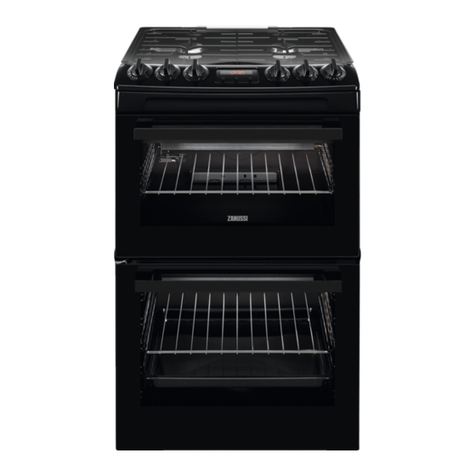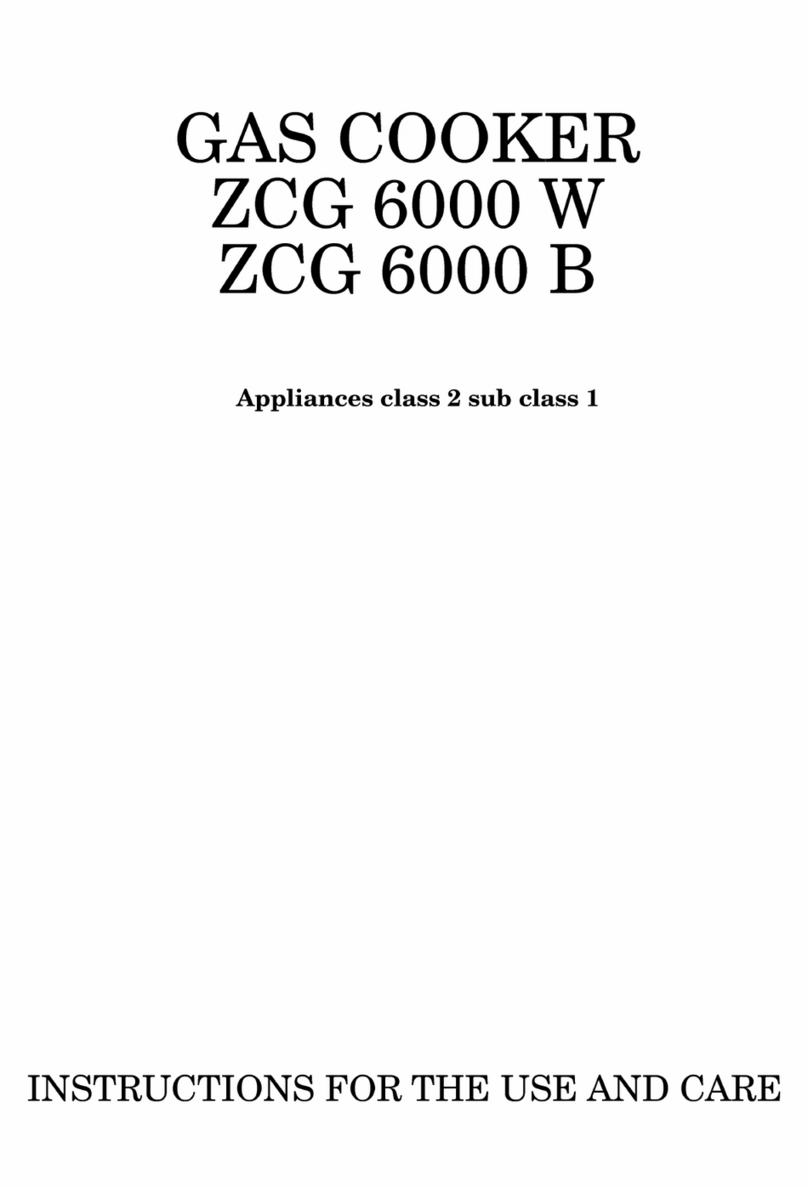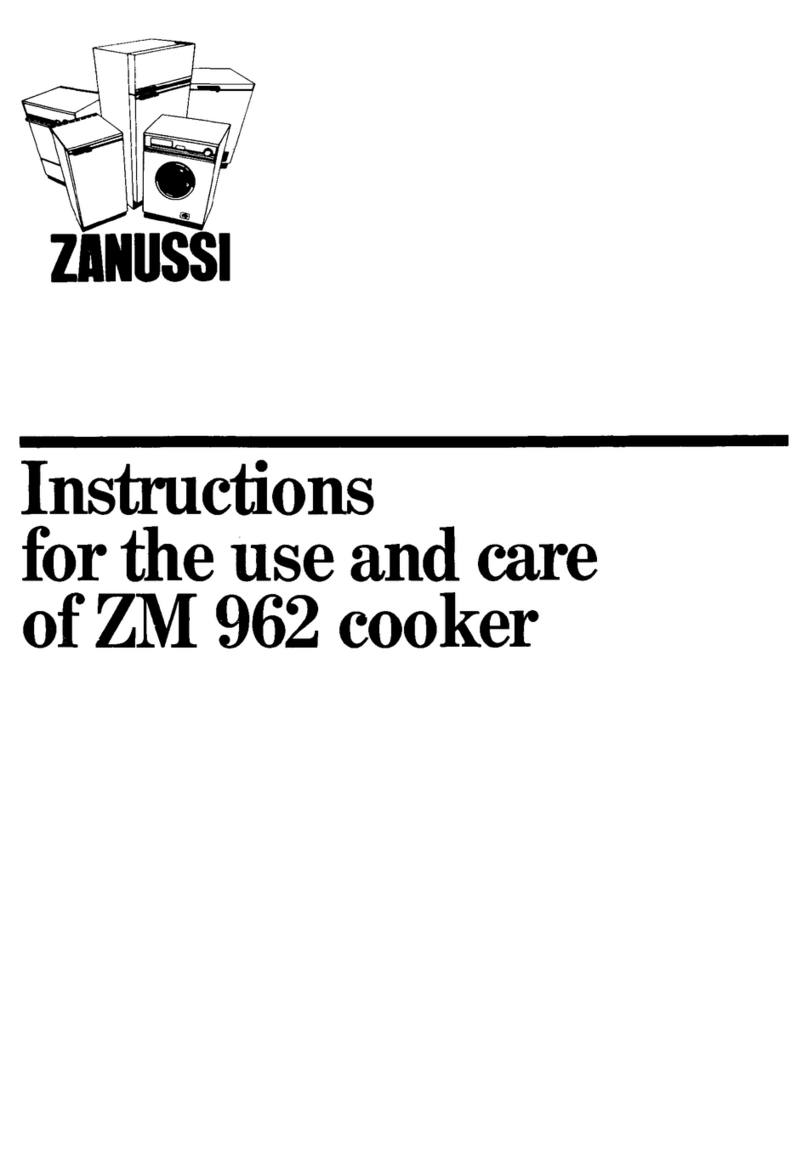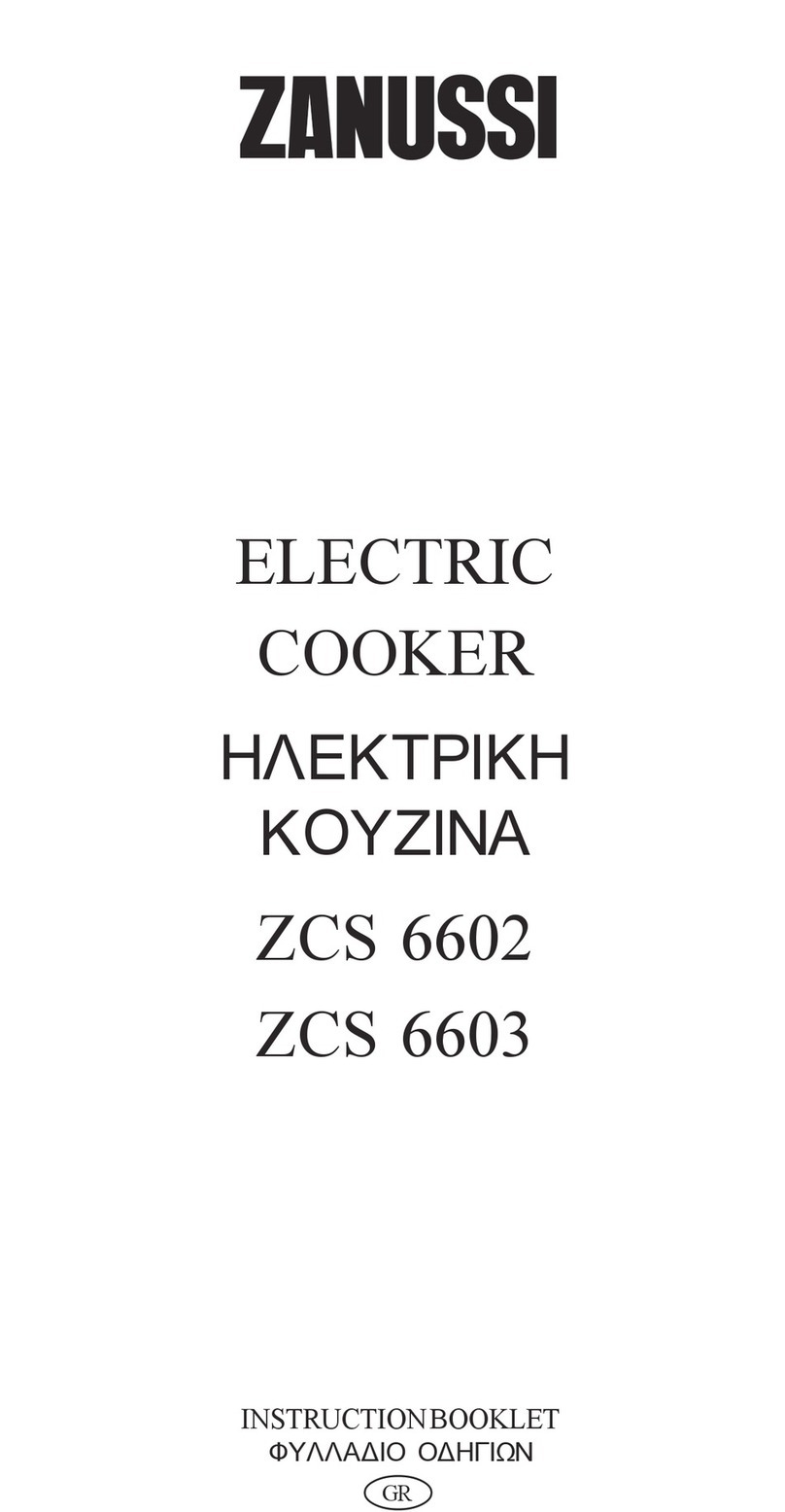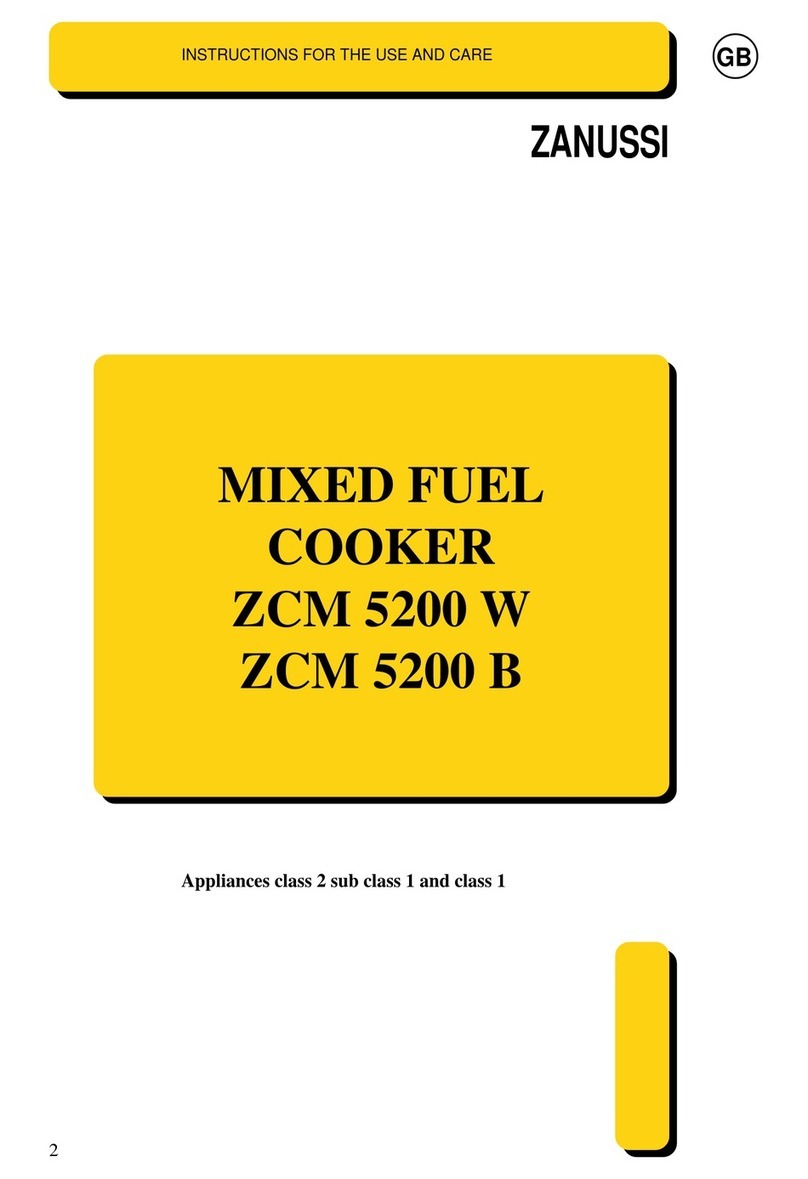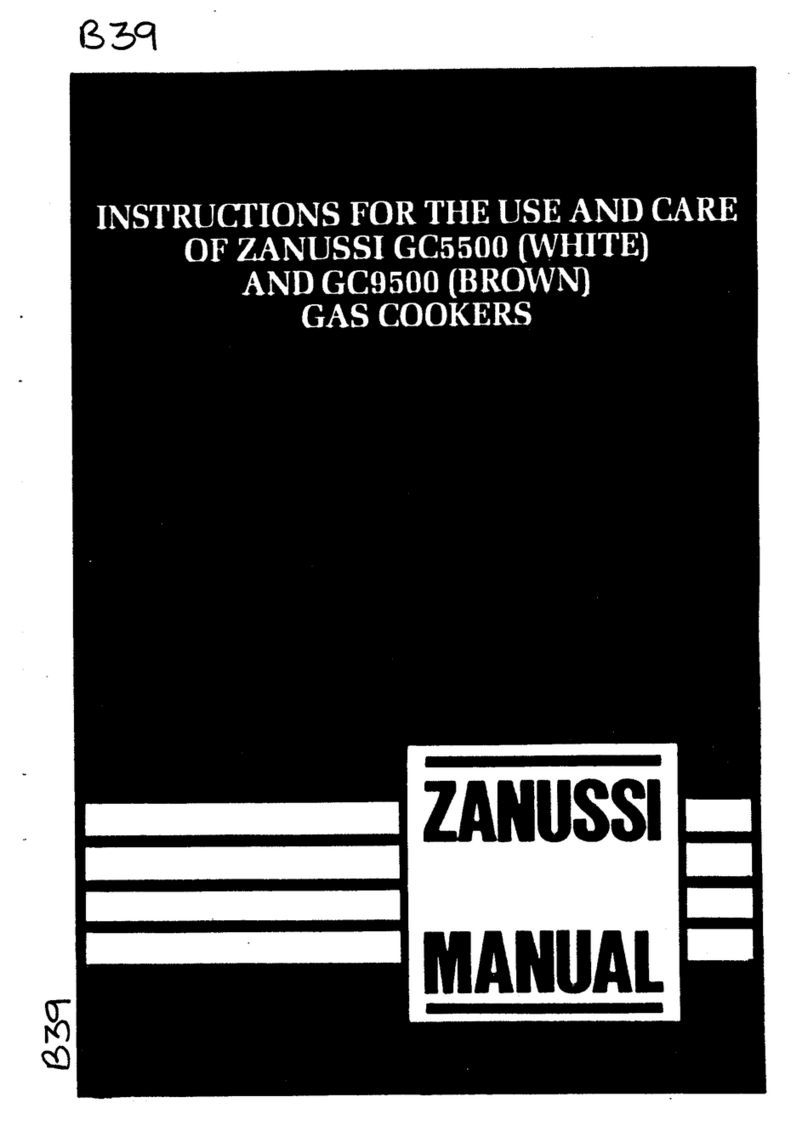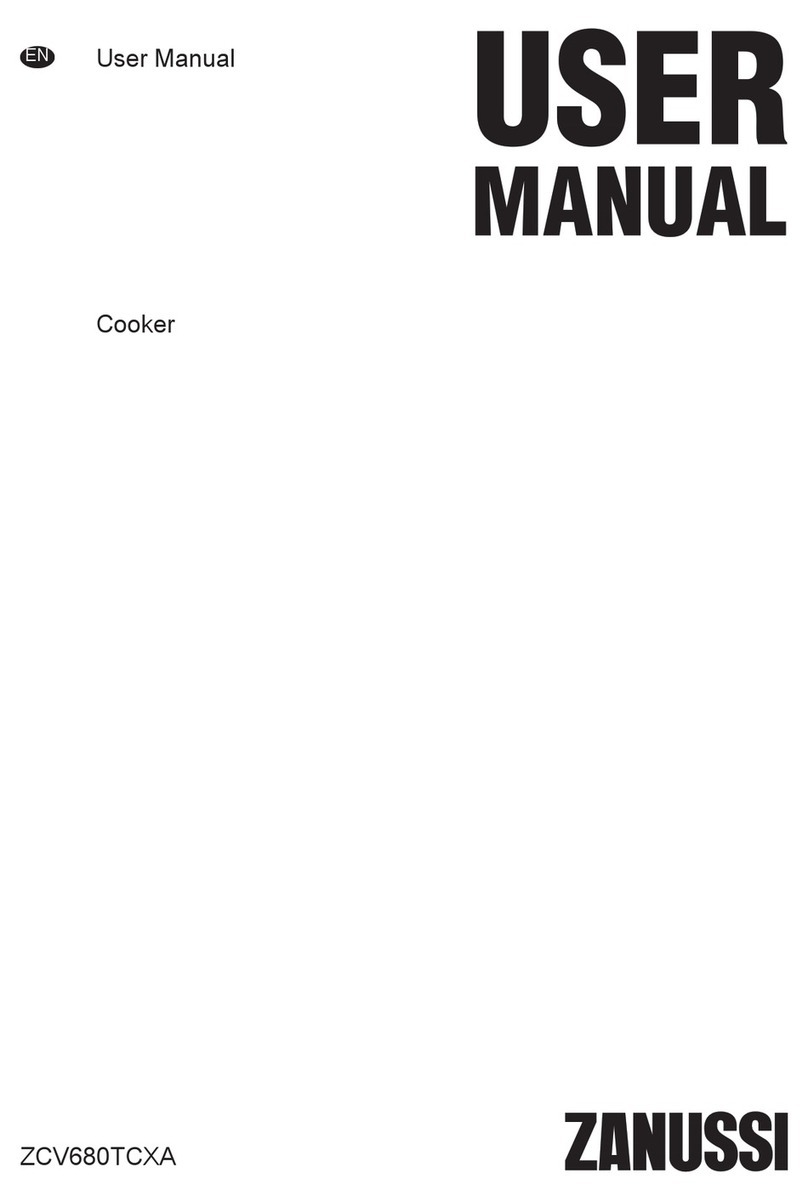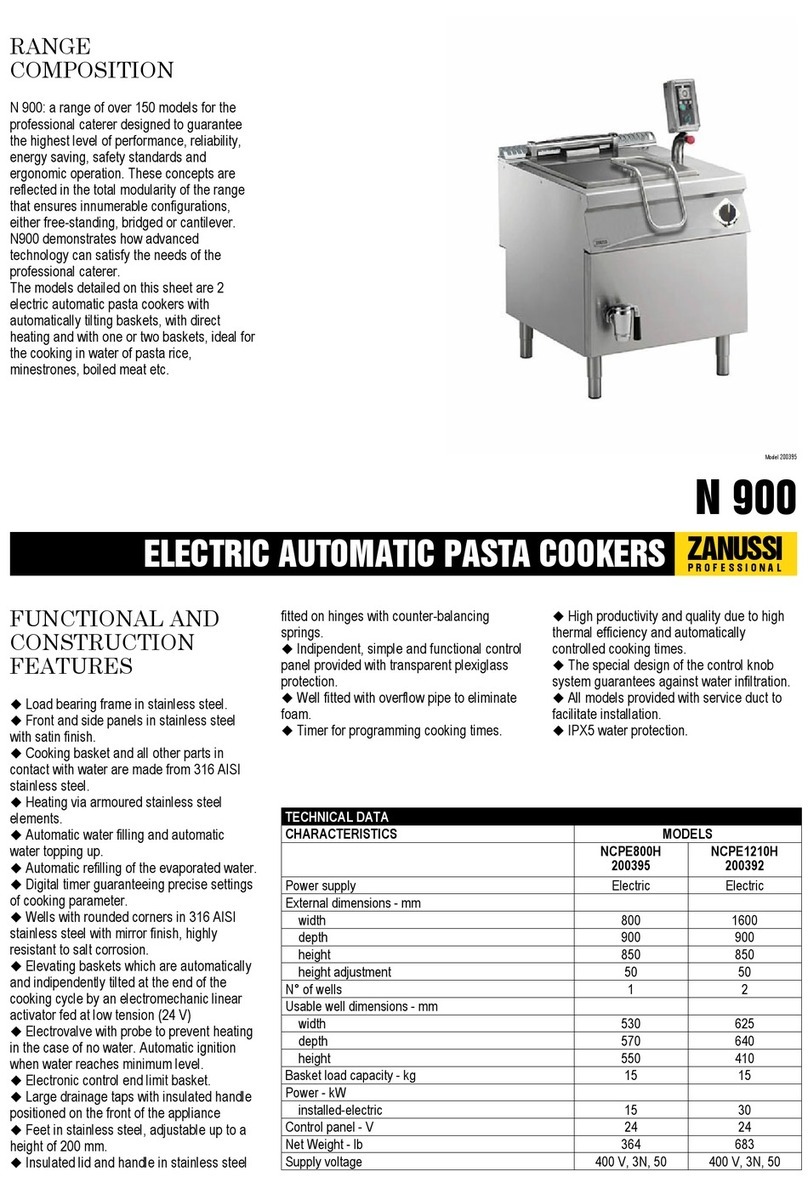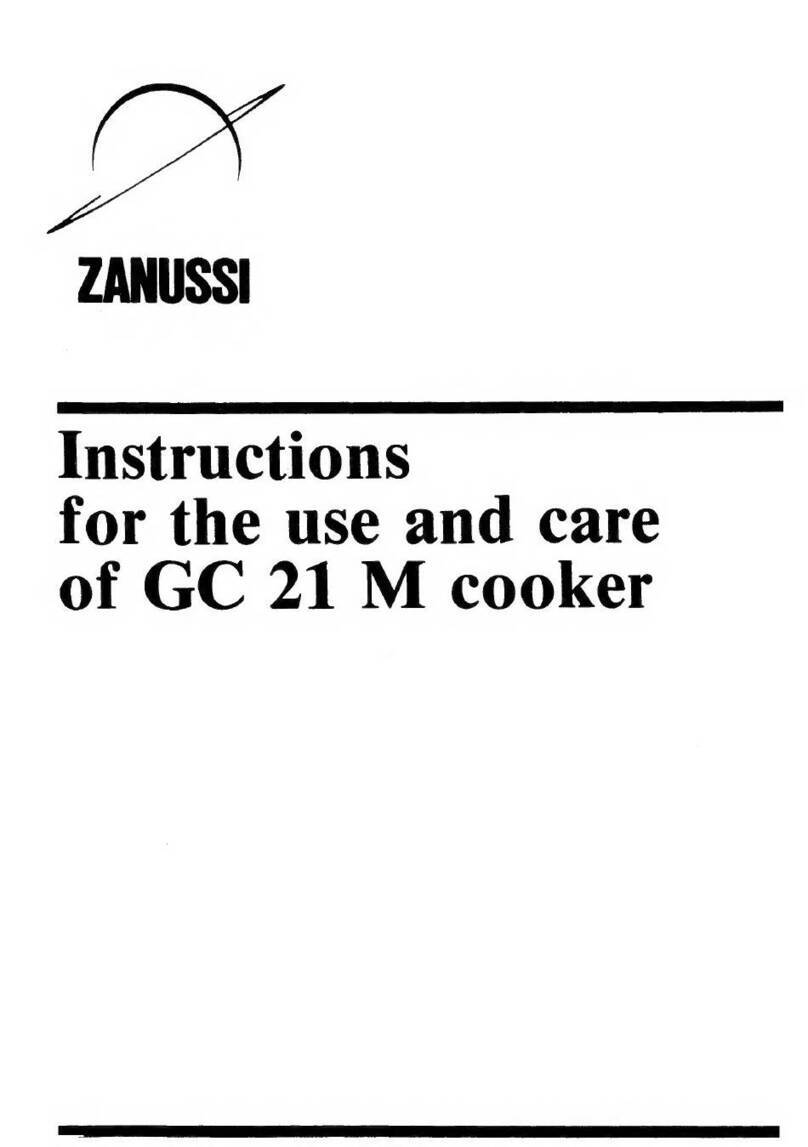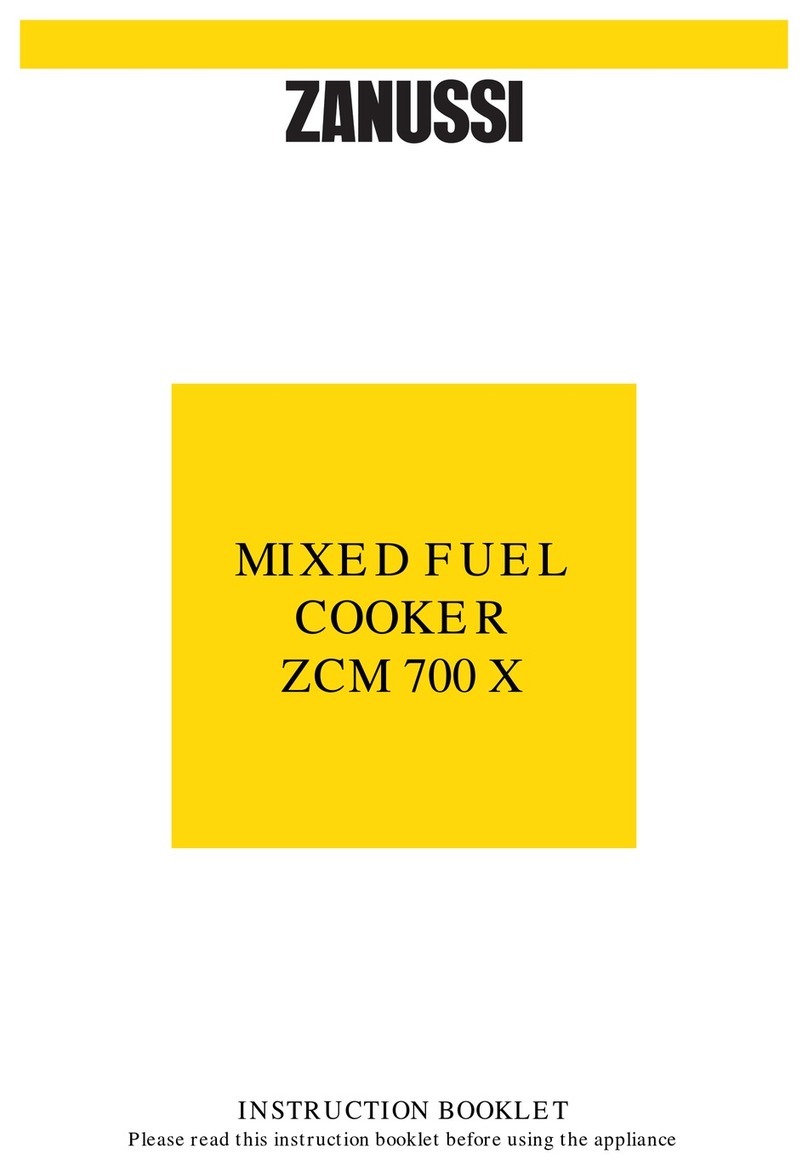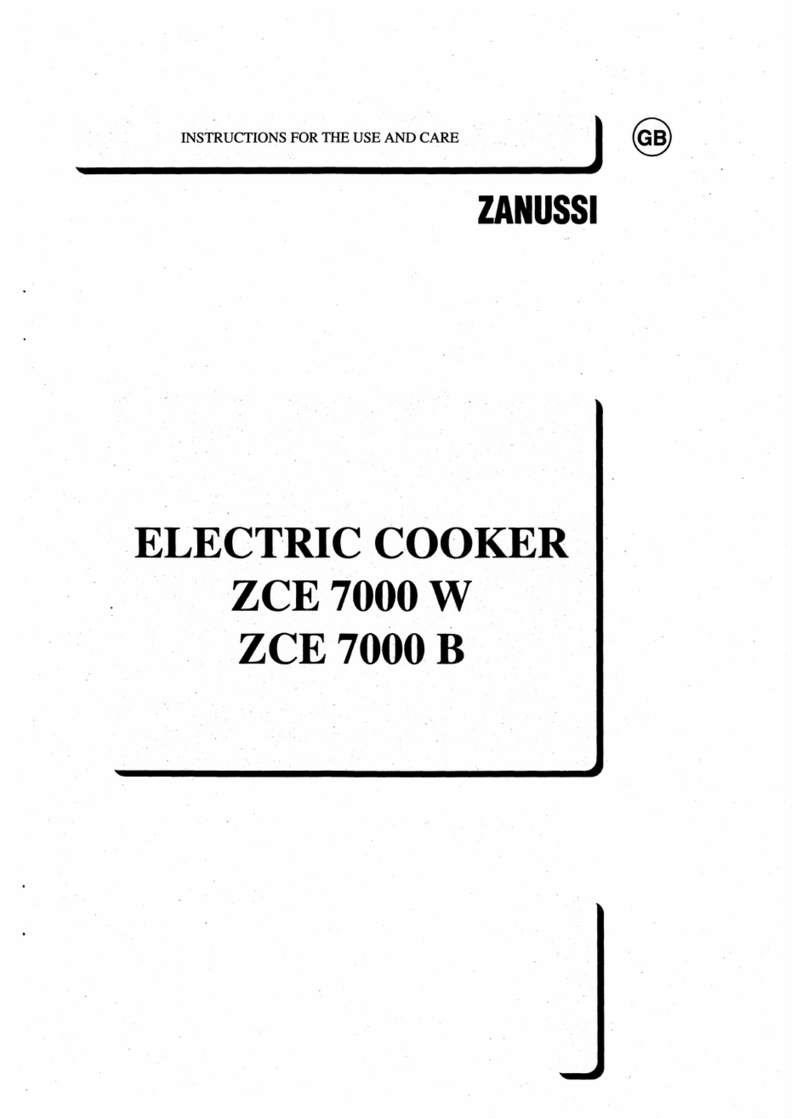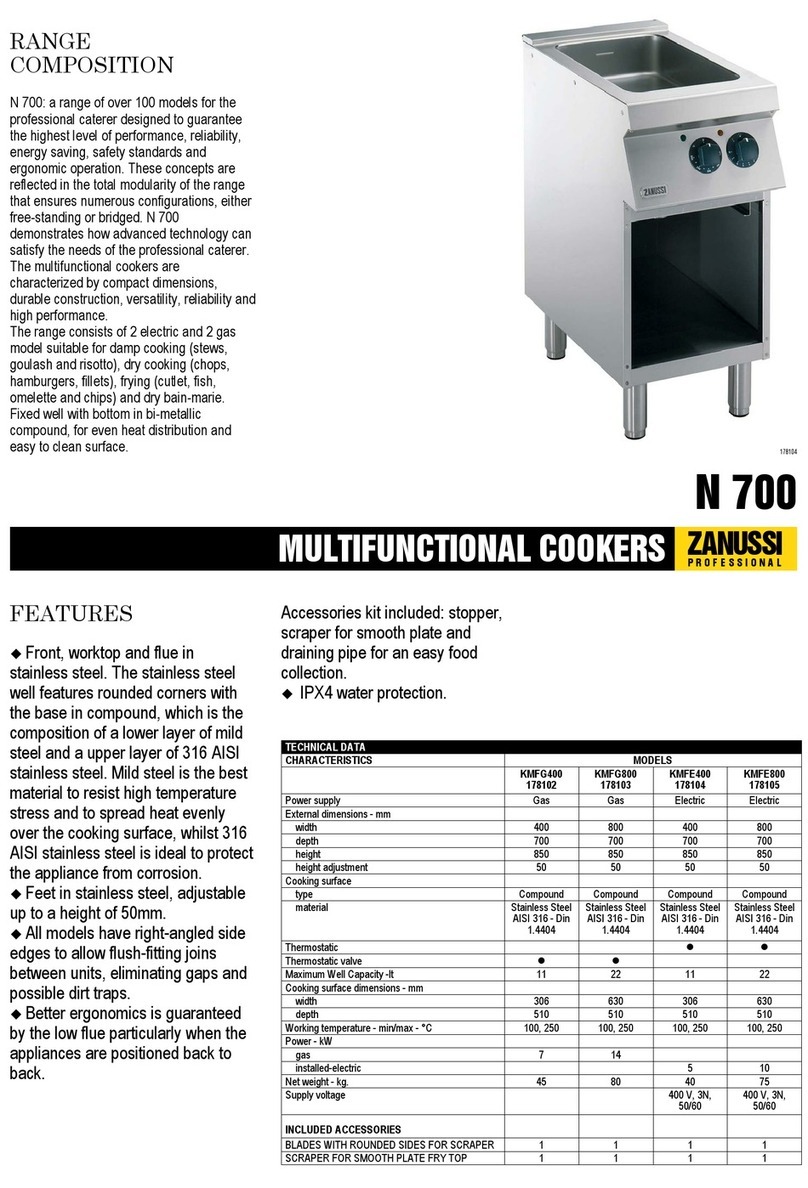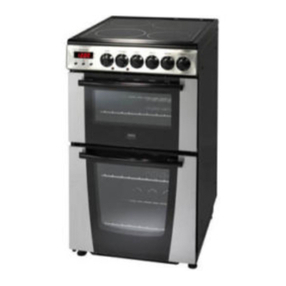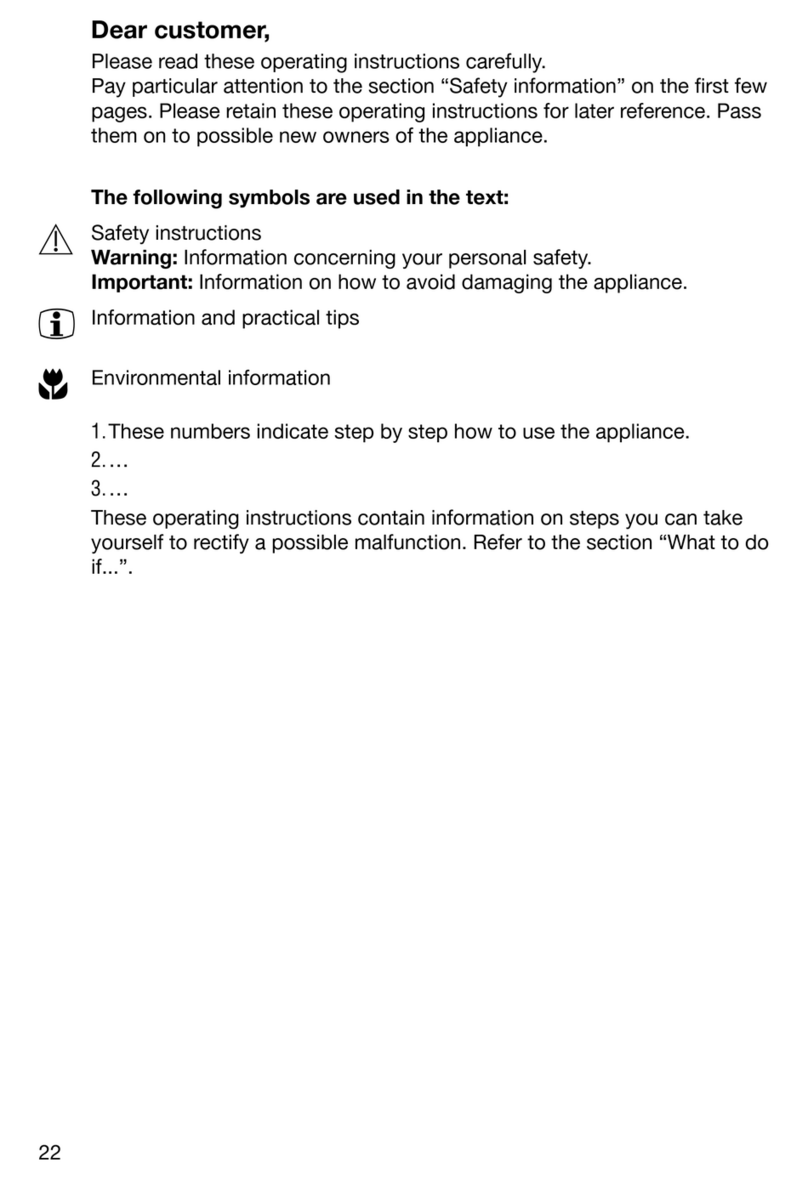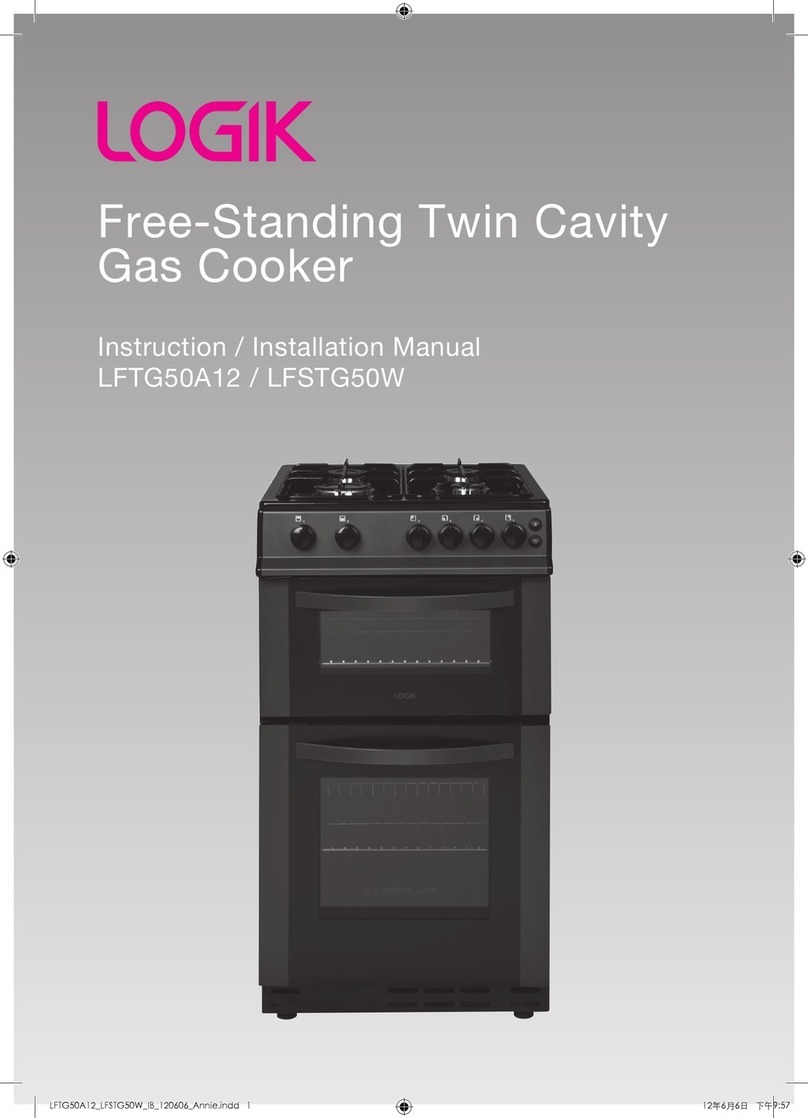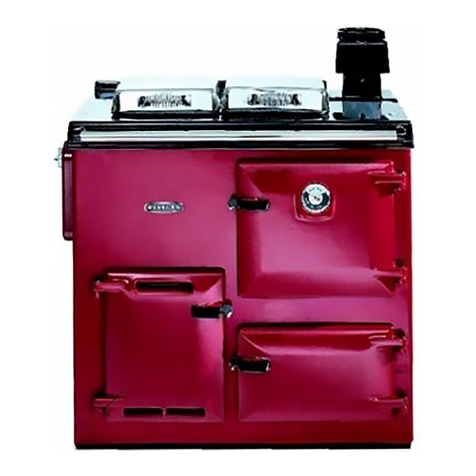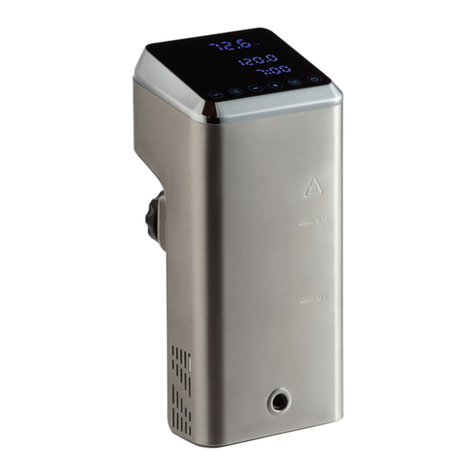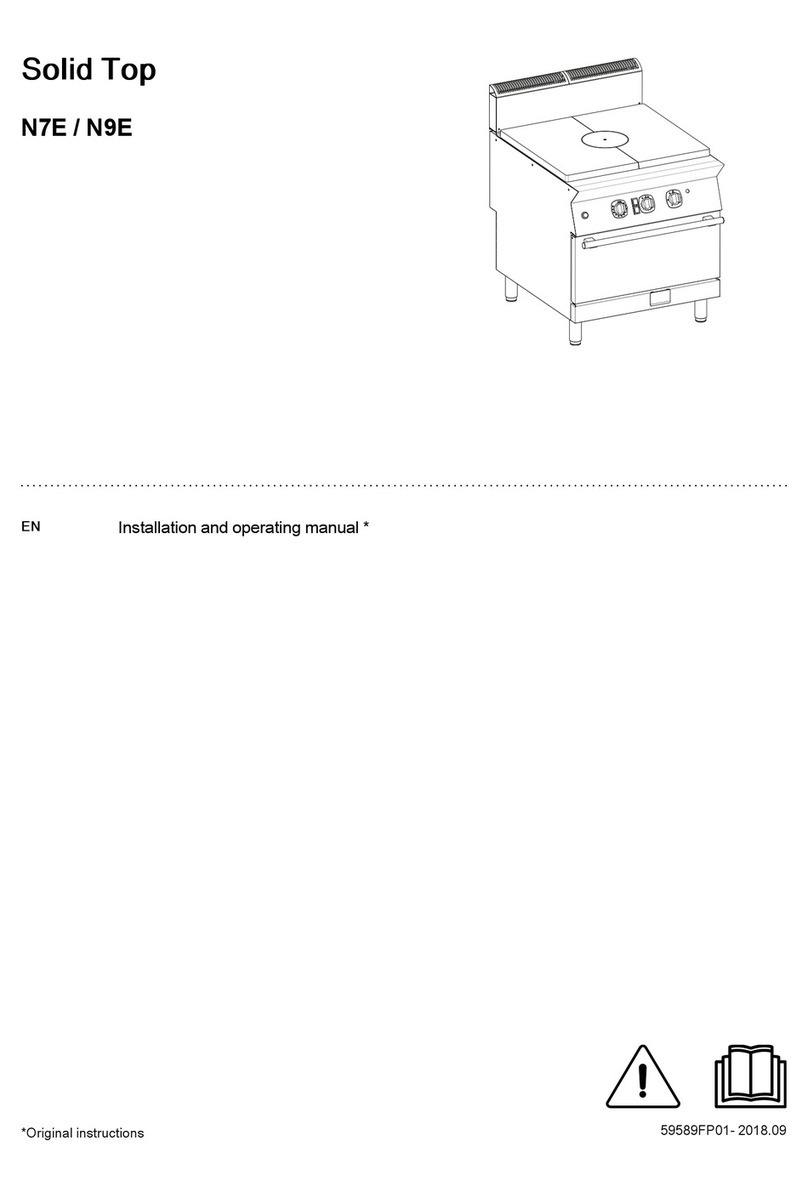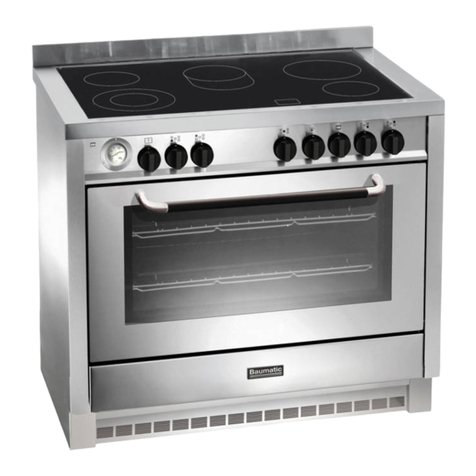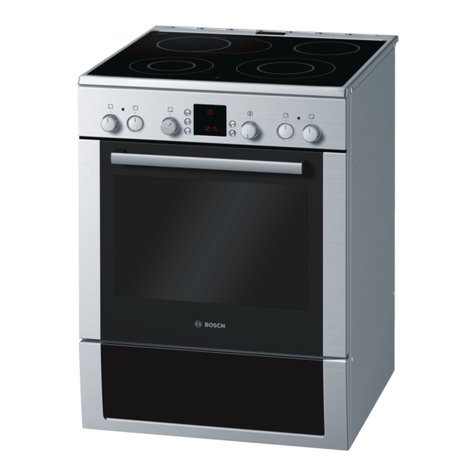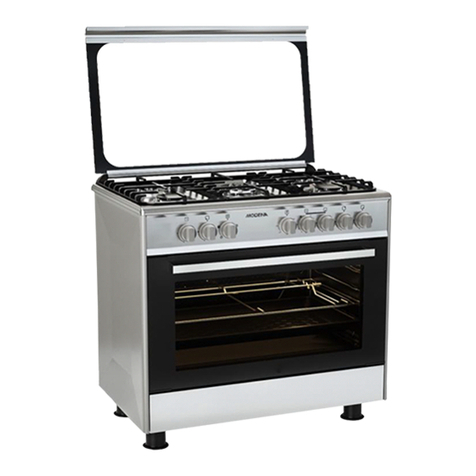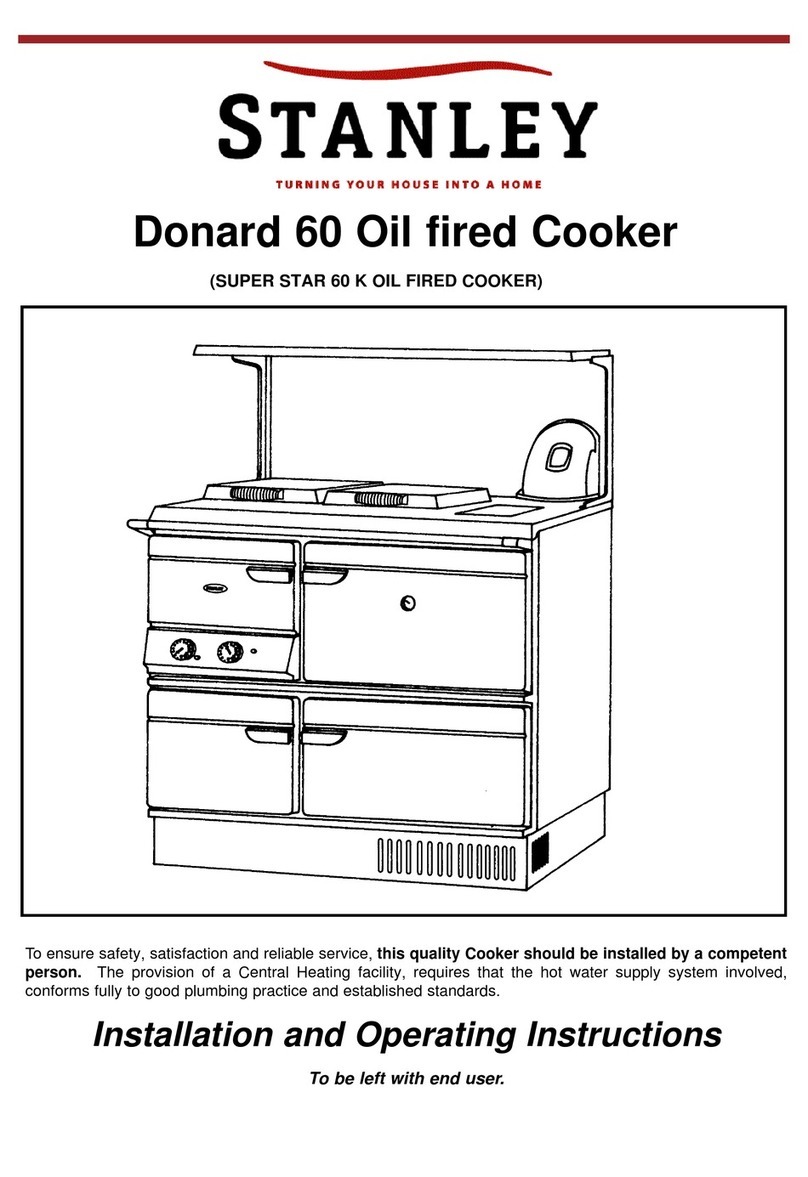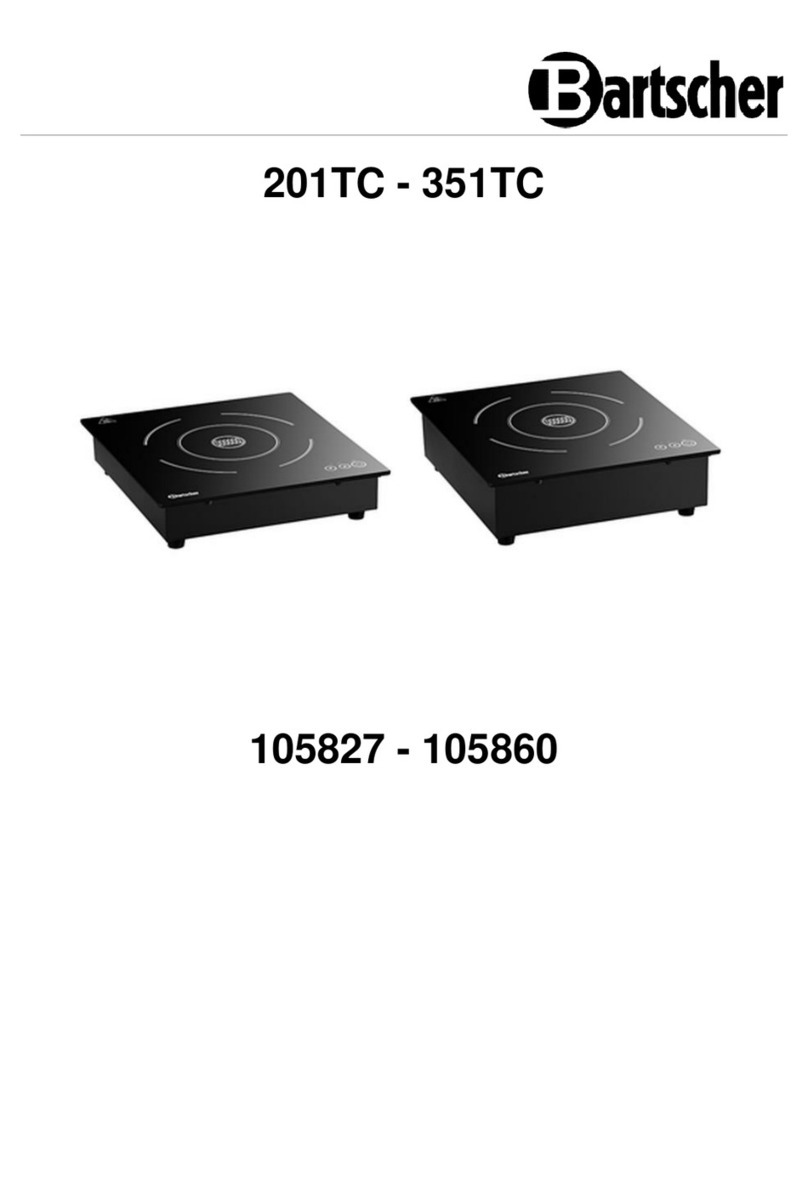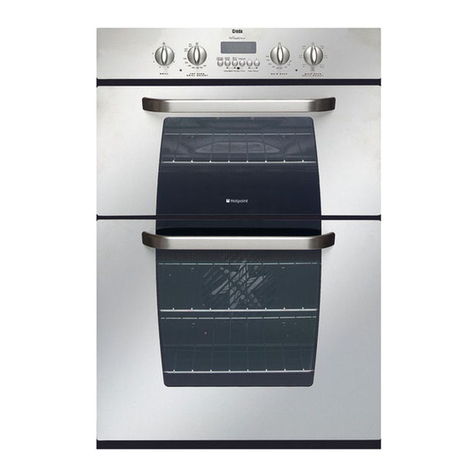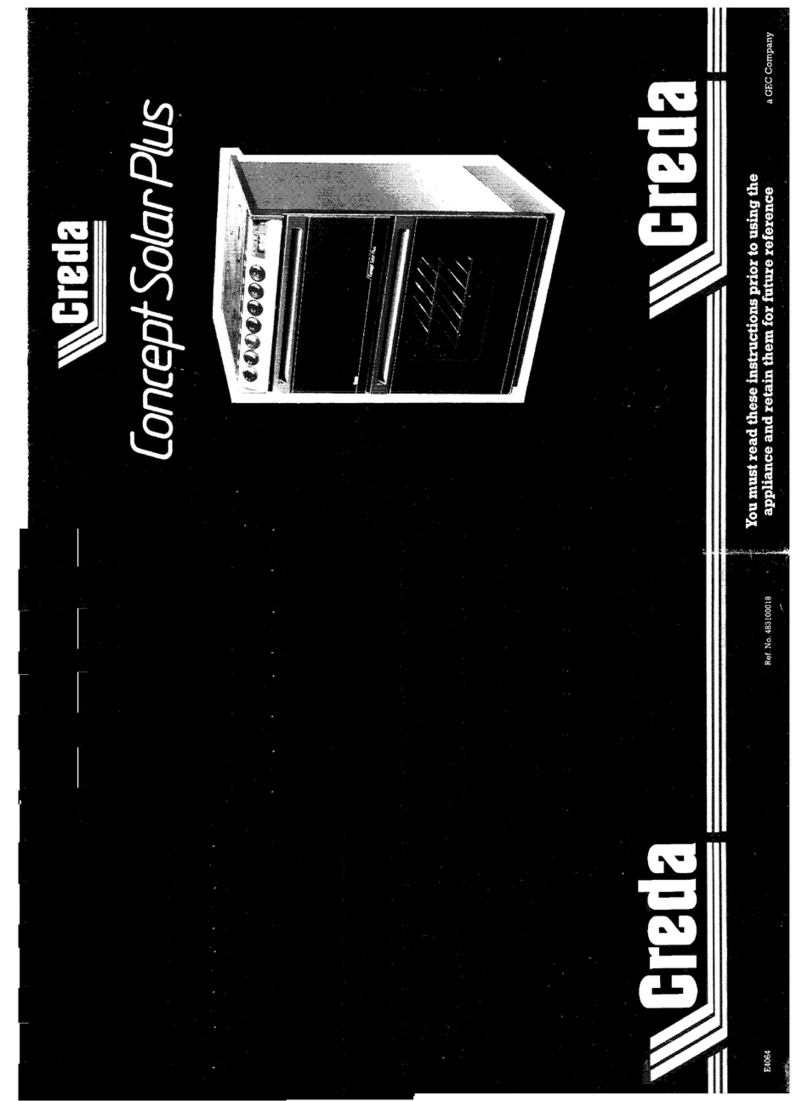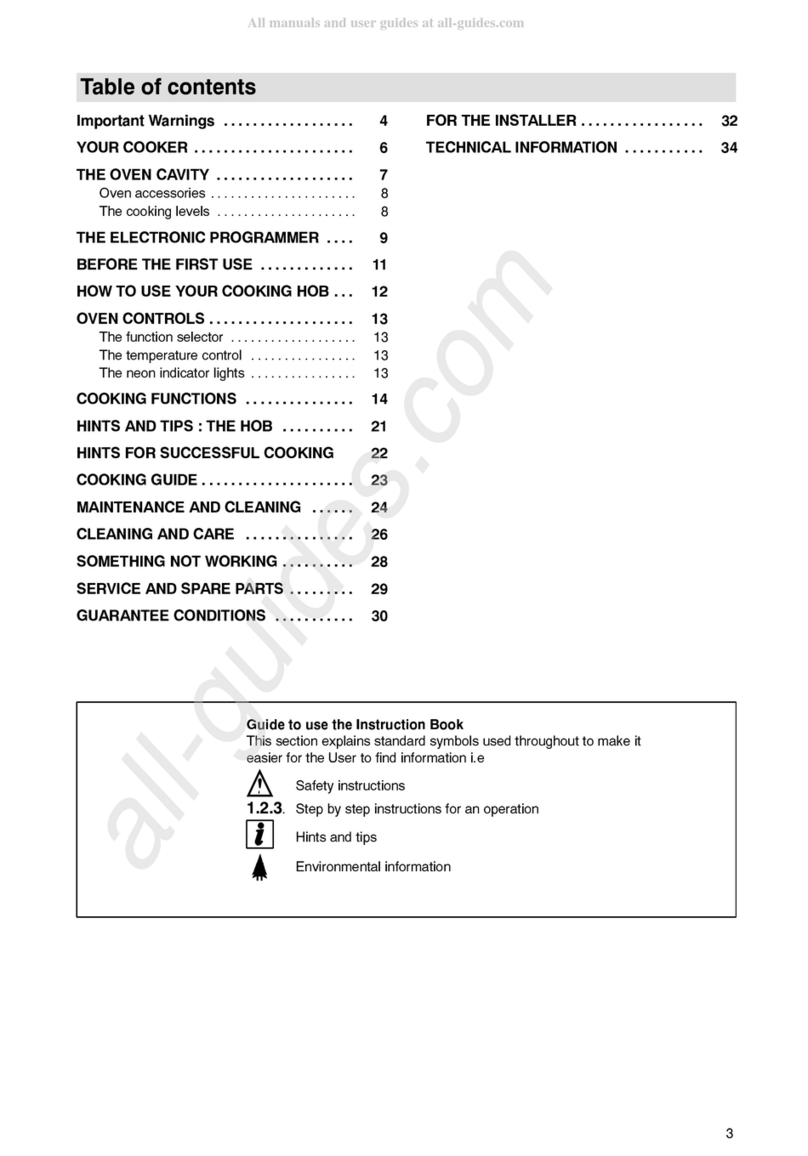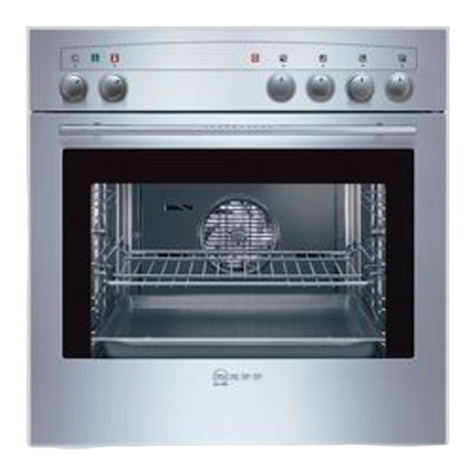2
It is very important that this instruction book should be kept safely for future consultation. If the appliance should be
sold or given to another person, please ensure that the booklet goes together with it, so that the new owner can
know of the functions of the machine and also be aware of the warnings.This warnings has been given for the safety
of you and others. We therefore ask you to carefully read the procedures of installing and using this cooker.
Important Safety Information
Installation
The work of installation must be carried out by
competent and qualified installers according to the
regulations in force.
Any modifications to the domestic electrical mains
which may be necessary for the installation of the
appliance should be carried out only by competent
personnel.
It is dangerous to modify, or attempt to modify, the
characteristics of this appliance.
Avoid installation of the cooker near inflammable
material e.g. curtains, tea towels, etc.).
Child Safety
This appliance has been designed for use by adults.
Take care, therefore, that children do not attempt to play
with it.
The appliance remains hot for a long time after being
switched off. Supervise children at all times, paying
attention that they do not touch surfaces or remain in the
vicinity of the appliance when in use or when not
completely cooled.
During Use
This product is intended for the cooking of food and
must not be used for other purposes.
During cooking on the grill or in the oven, the unit is kept
at a high temperature in relation to the plate glass door
and adjacent parts. Take care therefore, that children do
not play near it. When connecting household appliances
to a plug near the unit, ensure that they are kept away
from the flame and the oven door.
During the first minutes of use, the thermal insulation
of the oven, and residual grease from manufacture, pro-
duce smoke and disagreeable smells. On first use, we
advise heating the oven, empty, for approximately 45
minutes. Then leave to cool and clean the inside of the
oven with hot water and a mild detergent.
Unstable or deformed pans should not be placed on the
burners or plates in order to avoid accidents caused by
upsetting or boiling over.
Particular care should be taken when cooking with oil
or fat.
If the appliance is fitted with a cover, its function is to
protect the surface from dust when closed and to accu-
mulate splashes of grease when open.Do not use for
other purposes.
Always clean the cover before closing.
Leave the burners and/or plates to cool before closing.
All the covers, in plate glass or enamel, are removable
to facilitate cleaning.
Always ensure that the knobs are in the « » (Stop)
position when the appliance is not in use.
Always insert the dripping pan when using the grill or
when cooking meat on the grid. Pour a little water into
the dripping pan to avoid grease burning and creating
unpleasant smells.
Always use oven gloves to remove dishes from the
oven.
Maintenance and Cleaning
Before maintenance and cleaning disconnect the
appliance and allow to cool.
For reasons of hygiene and safety this appliance must
always be kept clean. A build up of grease or other food
can cause fires.
The accessories grid and dripping pan) should be
washed before using for the first time.
Take care when using cleaning products in spray form:
never direct the spray onto the resistance or the
thermostat bulb.
If, when placing food in the oven, or when removing it, a
large quantity of oil, juice, etc. spills onto the bottom of
the oven, re-clean before starting to cook to avoid
unpleasant smoke and also the possibility of these
substances catching fire.
Ensure that air can circulate around the gas appliance.
Poor ventilation can produce a lack of oxygen.
The use of a gas cooking appliance produces heat and
humidity in the room in which it is installed. Ensure
good ventilation of the room keeping natural ventilation
openings clear or installing an extractor hood with a
discharge tube. In case of doubt ask installer for advice.
Supply the appliance with the type of gas stamped on
the relevant adhesive label situated in the immediate
vicinity of the gas connection tube.
The gas oven becomes hot with the movement of air.
The holes on the bottom of the oven must never be
obstructed. Do not cover the sides of the oven with
aluminium foil, in particular the lower part of the
opening.
The appliance is heavy, move it carefully.
To facilitate ignition, light the burners before placing
pans on the gri . After having lit the burners check that
the flame is regular.
Always lower the flame or turn it off before removing the
pan.
Ensure that the oven grids are inserted correctly see
instructions).
Only heat-resistant plates may be placed in the drawer
situated under the oven.Do not put combustible
materials there.
Service
In case of repairs, do not attempt to correct yourself.
Repairs carried out by unqualified persons can cause
damage. Contact an authorized Technical Assistance
Centre and insist an original spareparts.
Environmental Information
After installation, please dispose of the packaging with
due regard to safety and the environment.
When disposing of an old appliance, make it unusable,
by cutting off the cable. Remove any door catches, to
prevent small children being trapped inside.
ENGLISH






